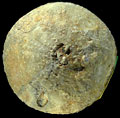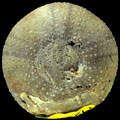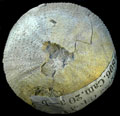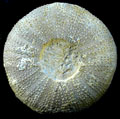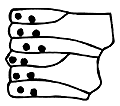The Echinoid Directory
Micropedina Cotteau, 1867, p. 822
| Diagnostic Features |
|
|---|---|
| Distribution | Late Cretaceous (Cenomanian); southern Europe, Africa (Niger, Nigeria), USA and Brazil. |
| Name gender | feminine |
| Type | Echinus olisiponensis Forbes, in Sharpe 1850, p. 196, by original designation. |
| Species Included |
|
| Classification and/or Status |
|
| Remarks |
|
